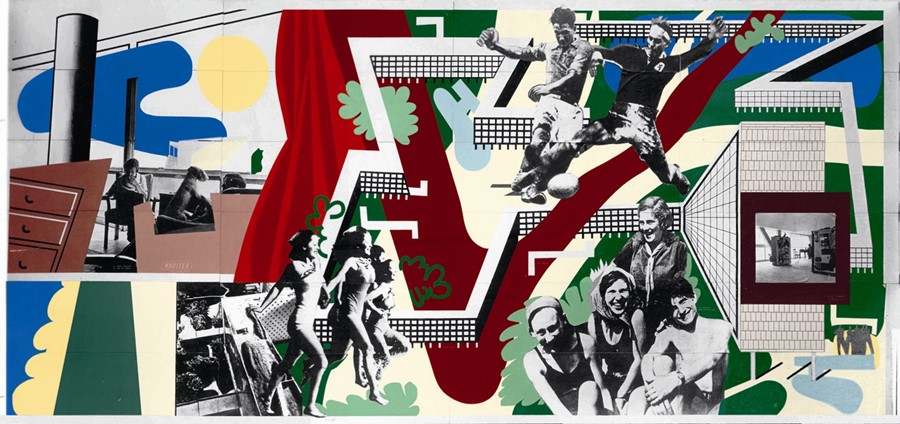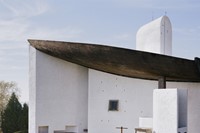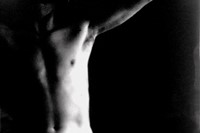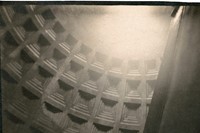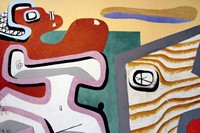To celebrate Le Corbusier's 125th anniversary, the 100th anniversary of the foundation of his inaugural studio in La Chaux-de-Fonds, Switzerland, AnOther presents 10 facts about the man himself...
It's always fascinating to discover the hidden ouvre of a profilic artist. Whilst we are familiar with Le Corbusier's modern buildings and pivotal role in urban planning, his extensive relationship with photography is lesser-known. Long before many in his field, the Swiss-born architect used photography to define and disseminate his persona and his iconic work. In a remarkable new book published by Thames & Hudson, his photographic work spanning six decades is showcased, from early pictures he took as a young travelling architect, the graphic design of his publications to his large-scale photographic images and architectural collages. Revealing works many of which have never been published before, the images demonstrate Le Corbusier's working process and his talent for pattern, form and composition.
To celebrate Le Corbusier's 125th annivery, and the 100th anniversary of the foundation of his inaugural studio in La Chaux-de-Fonds, Switzerland, AnOther presents 10 facts about the man himself.
1) Le Corbusier, pronounced le corr-boo-se-ay, was born Charles-Edouard Jeanneret-Gris. The name, Le Corbusier, is French and is a different version of his grandmother's surname, Lecorbésier. The name translates into English as "the crow like one". He chose this name in 1920 after publishing a manifesto, co-written with artist Amédée Ozenfant, called Aprés le Cubisme.
2) Le Corbusier was a Libra. Traits of the star sign include being romantic and charming, flirtatious, sociable and indecisive.
3) After meeting Josephine Baker on an ocean liner to Europe from South America, Le Corbusier drew nude sketches of the famous actress. Although his wife was the fashion model Yvonne Gallis, he maintained a long-term affair with Swedish-American heiress Marguerite Tjader Harris.
4) Le Corbusier’s famous saying, “Architecture or Revolution,” came from his belief that an efficient, industrialized architecture was the only way to avoid class-based revolution. His arguments would solidify in his book, Vers une architecture (Toward an Architecture) and culminate in his most famous work, Villa Savoye.
5) During his travels between 1907 and 1911 in Italy, Germany and Austria, and on his Voyage d'Orient, he took hundreds of photographs. He began with a cheap Kodak camera, taking square-format pictures, before investing in an expensive plate camera, the Cupido 80.
6) Le Corbusier loved the simple life and admired men and women who worked the pine forests and oyster beds of Arcachon Bay. He called them the "honest people".
"Dali was quoted describing Le Corbusier‘s buildings as “the ugliest and most unacceptable buildings in the world”"
7) Le Corbusier was fascinated with cinema. In 1926 he shot a film of a housing estate at Pessac.
8) Le Corbusier disliked capitalism, and said that people's house size should depend on the size of their family, not how rich they were.
9) On August 27, 1965, Le Corbusier went for a swim, against his doctor’s orders, in the Mediterranean Sea off the coast of his beloved summer home in the south of France. His body was found by bathers.
10) Although Salvador Dalí at one point considered Le Corbusier a friend, he was far from complimentary about him upon his death in 1965. He was quoted describing Le Corbusier‘s buildings as “the ugliest and most unacceptable buildings in the world” and said that Le Corbusier’s "death filled me with an immense joy."
Le Corbusier and the Power of Photography is out now, published by Thames & Hudson.
Text by Laura Bradley
